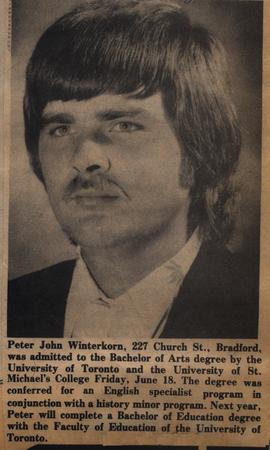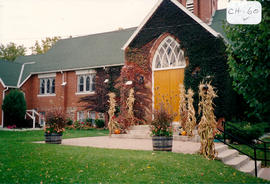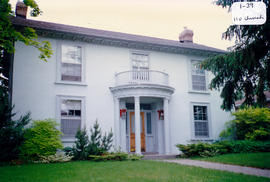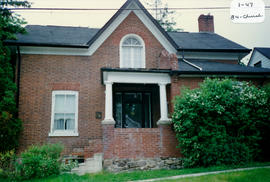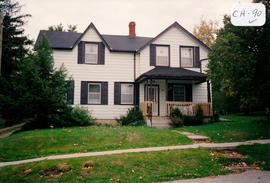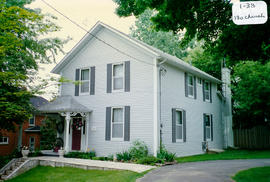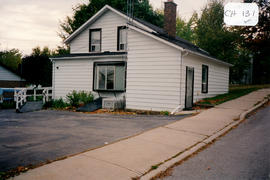- CA BWGPL GJ-SB 77-PH26809
- Item
- 1977-01-26
Parte de George Jackson fonds
"Most people in Canada are dreaming of getting away from the slush and the snow, the freezing temperatures and those dismal cold mornings trying to start the car. A place like Australia, perhaps, with its perpetual summer and golden beaches. Lesley Anne Vasey of Church Street in Bradford has just returned from Australia, and contends she couldn't wait to see some good old Canadian snow again. They have no snow in Australia, she explained, and to a native-born Canadian snow is something you miss after a while. But that doesn't mean it didn't get cold. The two months of winter they did get (in our summer) was cold enough for Lesley Anne because Australian homes don't have central heating. The problems in Australia are similar to Canada's such as unemployment."
Sem título


